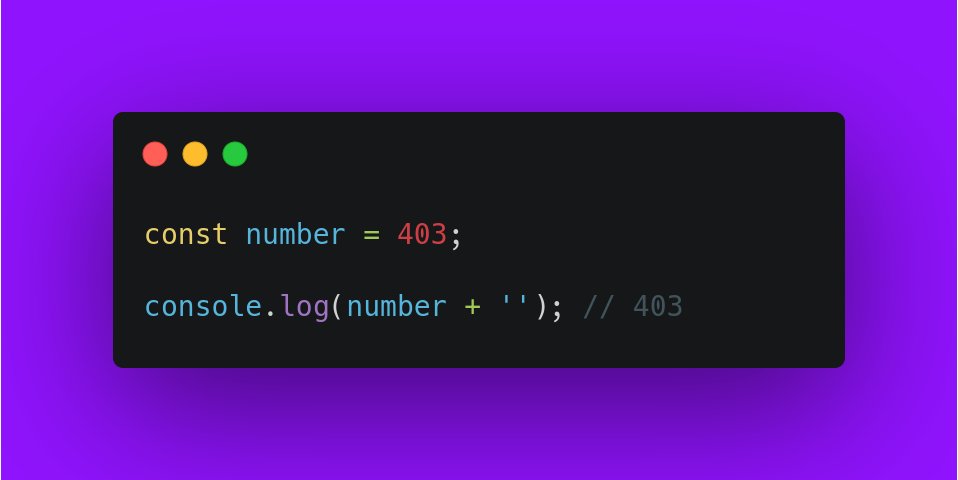zinc will react with sulphuric acid forming zinc sulphate dissolved in solution and releasing hydrogen gas.
Zn + conc. 2 H2SO4 ZnSO4 + SO2 + 2 H2O
#include<stdio.h>
#include<conio.h>
#include<string.h>
int main() {
int i, nextTerm;
int t1 = 2, t2 = 2;
nextTerm = t1+t2;
printf("%d, %d, ", t1, t2);
for (i = 3; i <= 10; ++i) {
printf("%d, ", nextTerm);
t1 = t2;
t2 = nextTerm;
nextTerm = t1 + t2;
}
return 0;
}

Hello Subash!
Here is the solution for the question you are asking for, I solved it in procedural way but if you are among the one who prefer OOP style then you can still ask it for me cause I have solved it from both methods but here I am just going to leave procedural one....
//author:Manish Acharya
import java.util.Scanner;
import java.util.*;
public class idgenerator {
public static void main(String[] args) {
String small_name="", long_name="", new_small_name="", new_long_name="";
char lr='a',...

Recently we're working to degrade accounts with 0 contributions from creator to learner. If you're a learner and very keen to be a creator, you must keep posting interesting questions and contact to admins from the Facebook Group of Mattrab Community. For being an admin, you must be in grade 12, either completed or recently enrolled, your notes, and all your records and contributions will be verified for that

You can design such dialog boxes using the following website.
https://carbon.now.sh


very fine!
Glad to hear, miss!